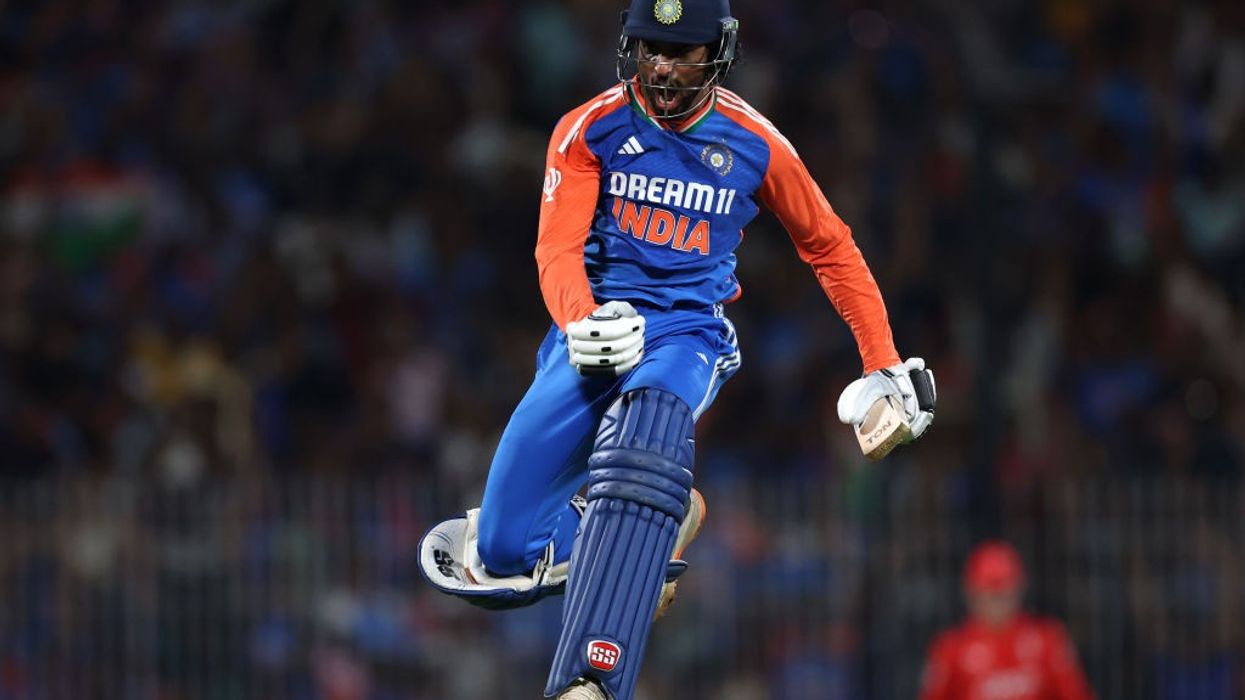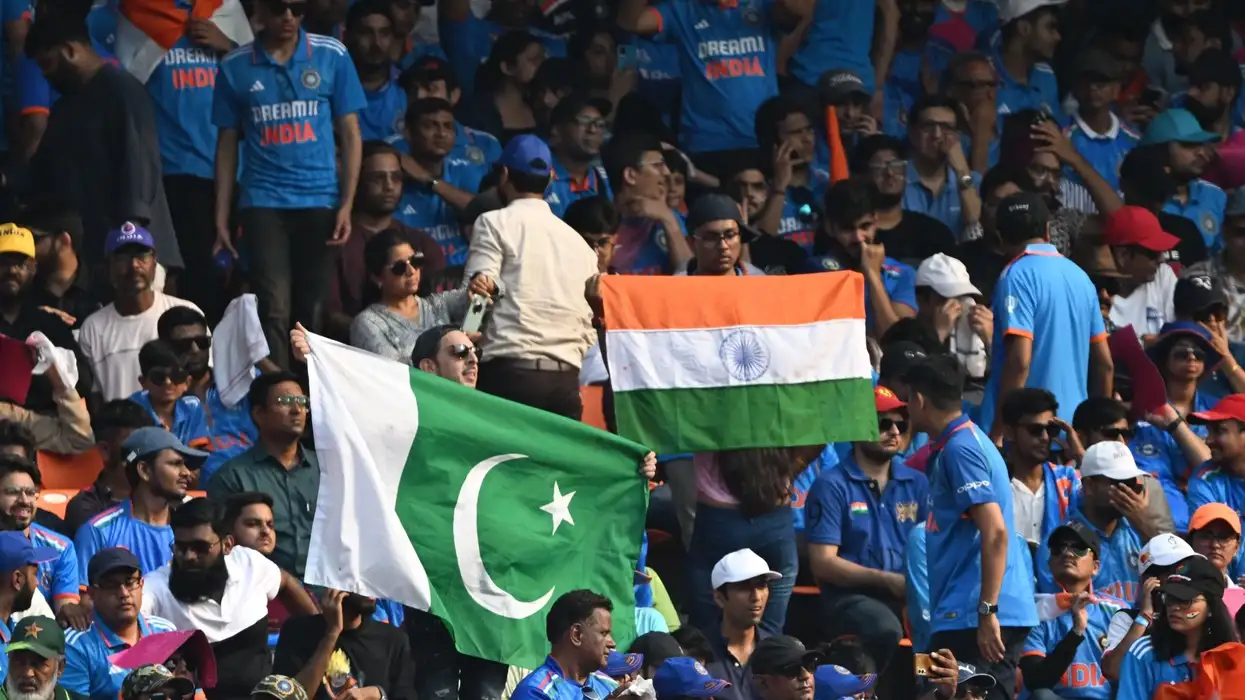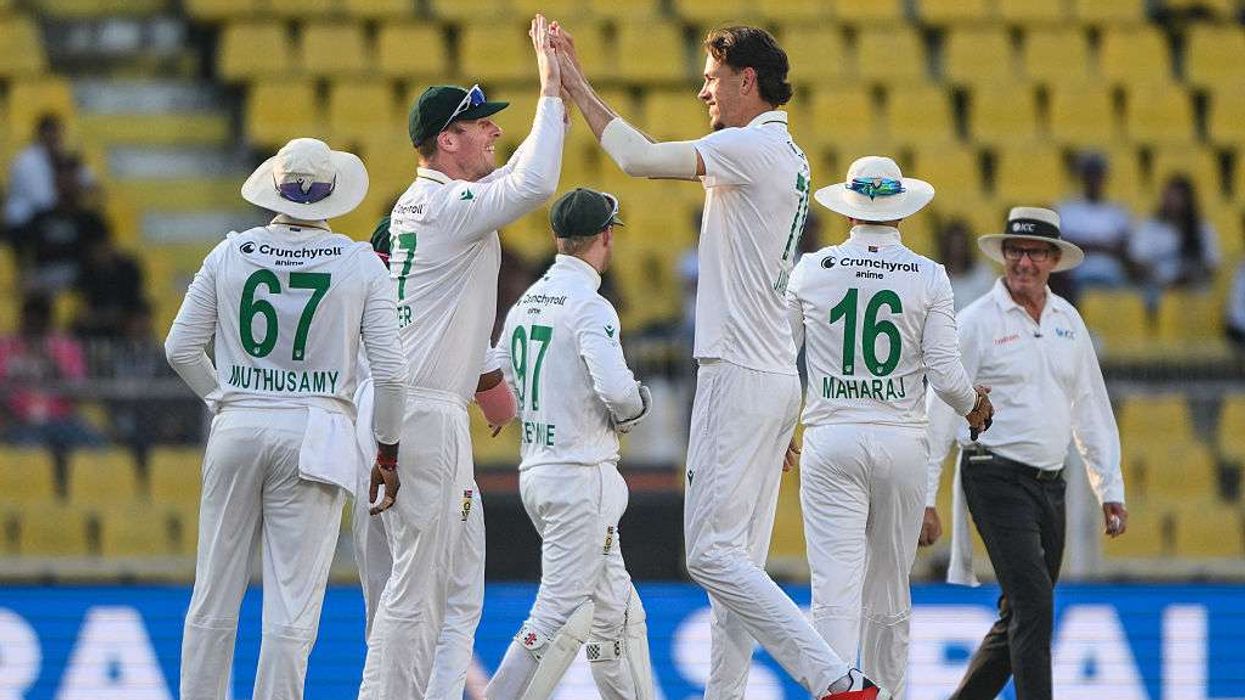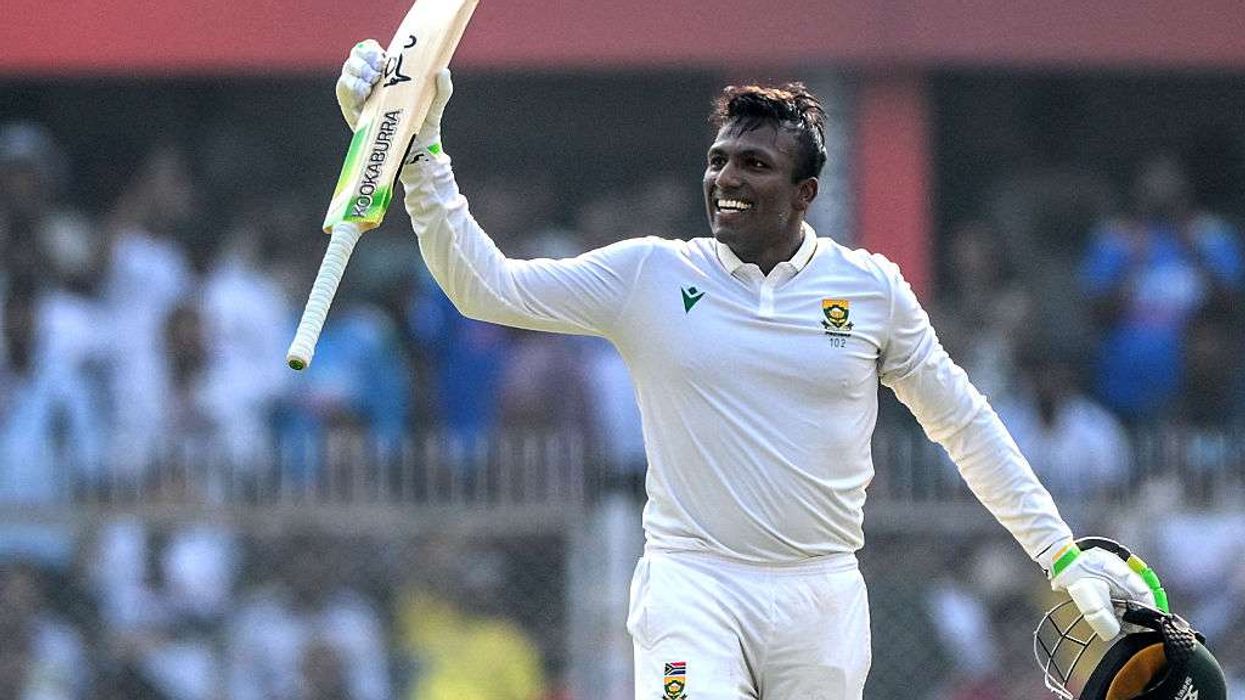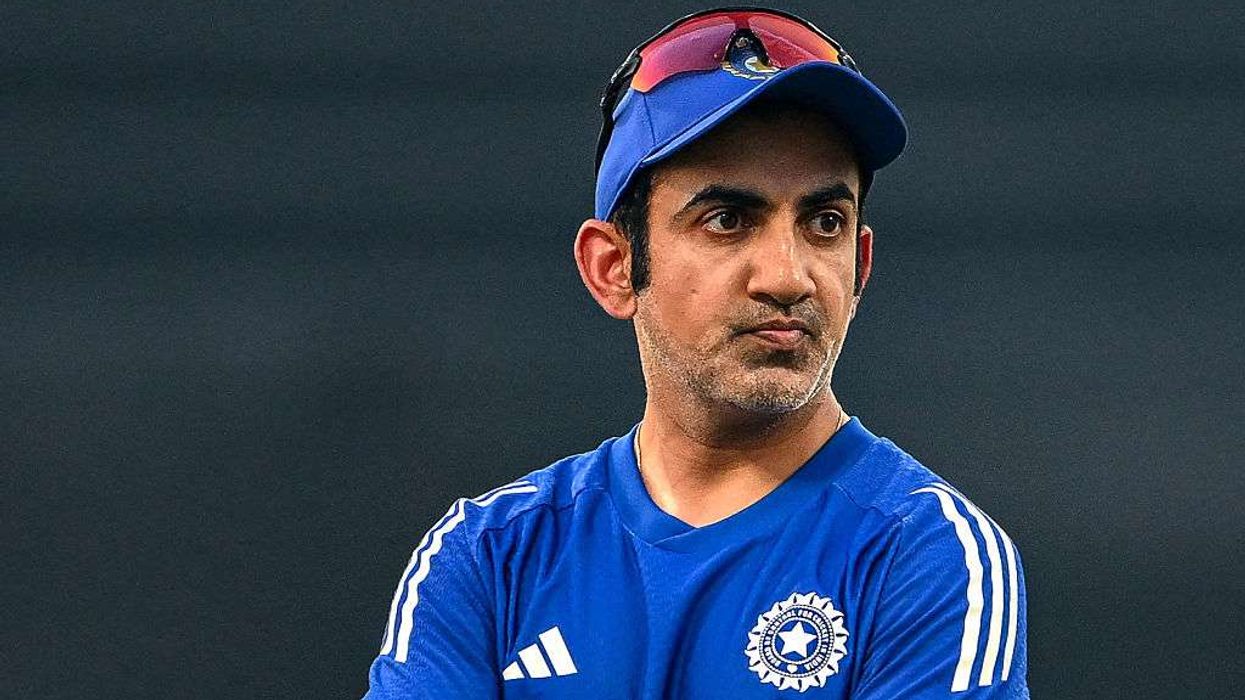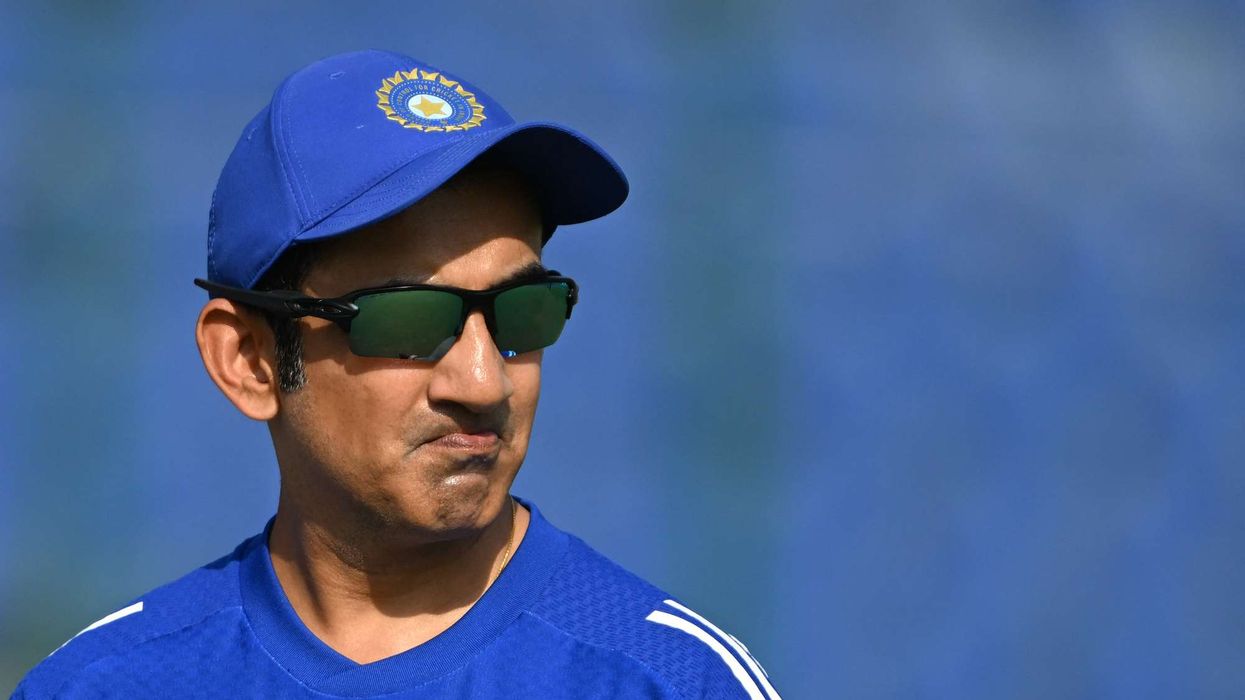TILAK VARMA anchored India's chase with an unbeaten 72 to lead the hosts to a thrilling two-wicket victory over England in the second T20 international on Saturday (25).
Chasing a tricky 166 for victory, India lost regular wickets but Varma kept calm in his 55-ball knock to steer the team home with four balls to spare in Chennai and lead the five-match series 2-0.
England fast bowler Brydon Carse returned figures of 3-29 to hurt the hosts, who slipped to 146-8, but Varma hung on with number 10 Ravi Bishnoi and hit the winning boundary.
The chase went down to the wire as India needed 20 off 18 balls and then 13 off the final 12 as Bishnoi also hit two fours in his unbeaten nine to lend support to left-hander Varma who hit four fours and five sixes.
"Good to see we are playing aggressive brand of cricket, at the same time, guys put their hands up and stitched the small partnerships," skipper Suryakumar Yadav said. "Very happy with the way Tilak batted, something to learn for everyone."
England skipper Jos Buttler, said, "Great game. Really exciting end, credit to Tilak for getting them over the line. We created a lot of chances, really pushed them close."
England's new-ball pair Jofra Archer and Mark Wood removed the openers inside three overs before Carse made an instant impact with the ball in his first two overs.
Carse bowled India's skipper Suryakumar for 12 after the batsman inside edged a quick delivery onto his stumps and then dismissed Dhruv Jurel in his next over.
Jamie Overton sent Hardik Pandya trudging back for seven as India fell to 78-5 in 9.1 overs.
Washington Sundar survived a reprieve on 10 when Adil Rashid dropped a catch at mid-on off Wood and the left-hand batsman smashed the speedster for a six and two fours in the over.
Carse bowled Sundar, for 26, and India lost two more wickets but Varma was unstoppable.
Earlier Buttler hit 45 and Carse 31 off 17 deliveries to help the tourists to 165-9 after being invited to bat.
Spinners Axar Patel and Varun Chakravarthy took two wickets each.
Buttler, who made 68 in the opening defeat, started aggressively despite England losing openers Phil Salt for four and Ben Duckett for three.
Left-arm quick Arshdeep Singh struck with the fourth ball of the match to have Salt caught for his 98th T20 wicket in 62 matches.
Sundar got Duckett with his first ball, luring him into an attempted reverse sweep, but Buttler and Harry Brook then took up the attack with a flurry of sixes and fours.
Brook lasted eight balls for his 13 before Chakravarthy bowled the England vice-captain.
Wickets kept tumbling as left-arm spinner Patel dismissed Buttler and then Liam Livingstone out for 13.
Jamie Smith smashed 22 off 12 balls, but it was Carse who took on the spinners and hit two successive sixes off Chakravarthy before being run out.
The third match is in Rajkot on Tuesday (28).
(AFP)
